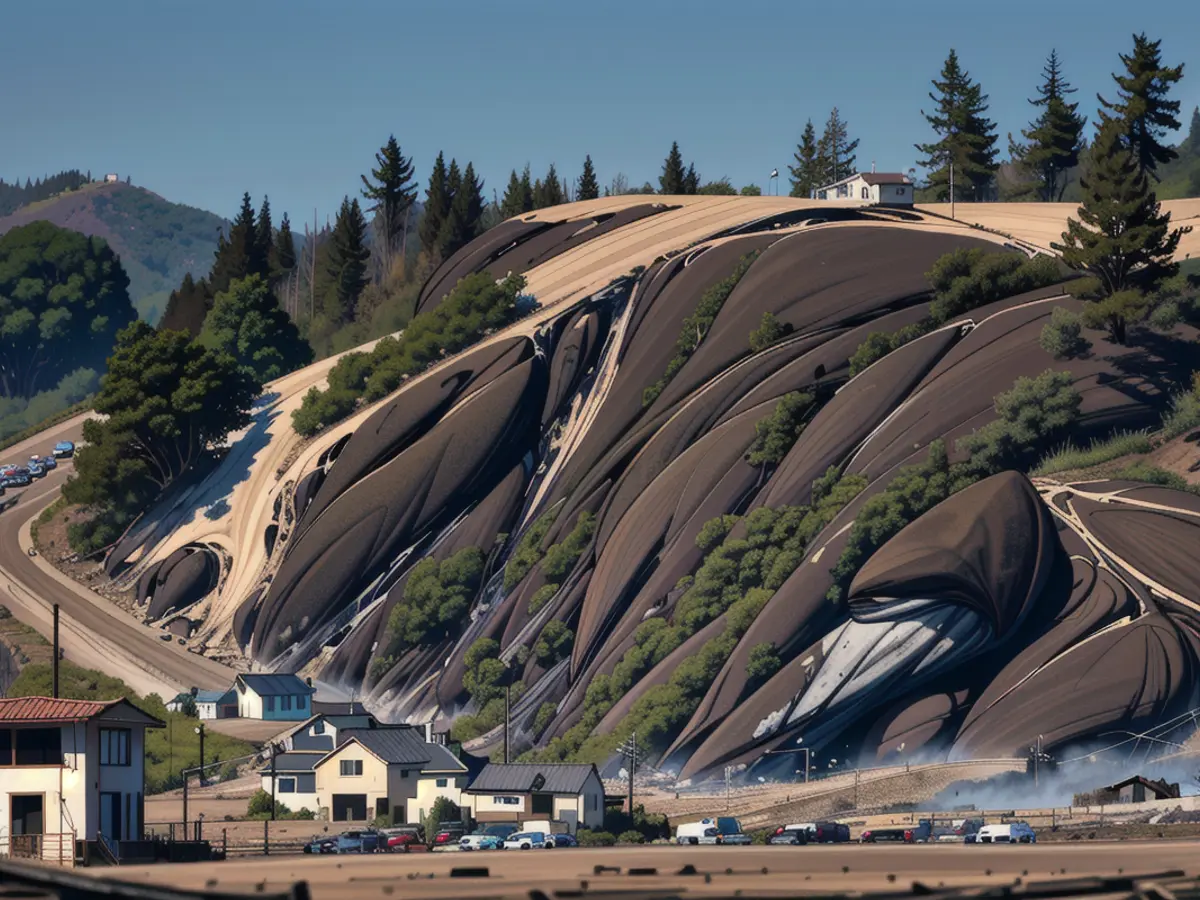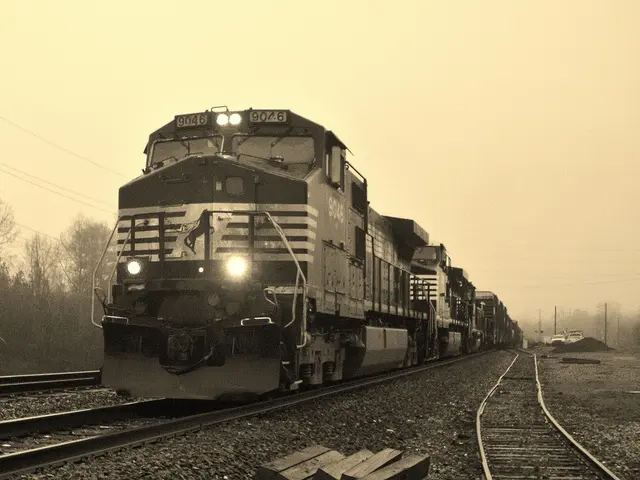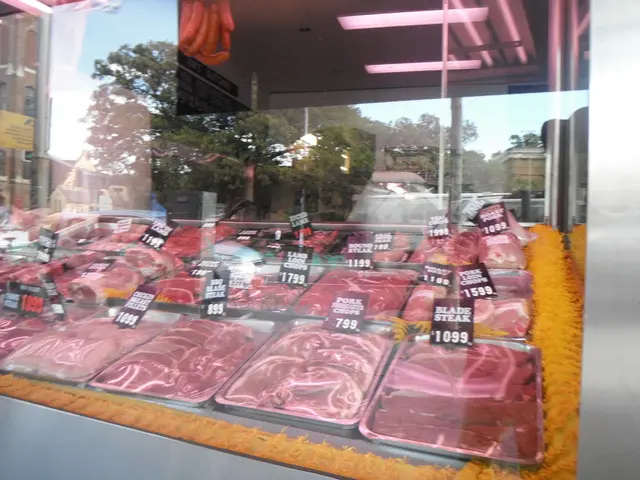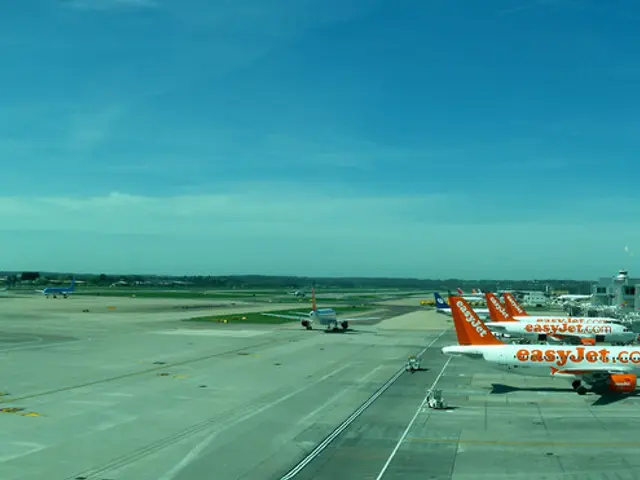Residents in LA are purchasing charred property sites. Is it reasonable for them to be wary of potential future blazes?
In the recent aftermath of devastating wildfires, burned lots in affluent neighborhoods like Pacific Palisades have reportedly sold for substantial sums, despite the land's uninhabitable state. This trend has extended to other affected areas, such as Altadena.
With the city's economic stakes high – Los Angeles set to host significant international events like the FIFA World Cup and Summer Olympics – there's often pressure to speed up recovery. However, some economists and environmentalists advocate for a more proactive approach, especially as climate change intensifies these natural disasters.
Char Miller, a professor of environmental analysis at Pomona College, suggests local governments consider purchasing damaged properties from homeowners in disaster-prone areas and building "buffer zones." This strategy, he believes, could save future firefighting and relief costs by removing homes from hazardous areas. Additionally, this could stabilize the insurance market, as homeowners nationwide face reduced coverage and escalating premiums due to natural disasters.
While the concept of property buyouts is not new, following major disasters like Hurricane Harvey, incorporating this approach in California could be impractical due to the region's existing housing shortage. Nevertheless, focusing on vertical expansion and multi-family apartment buildings in wildfire-prone areas might decrease risks.
Natural disasters like floods, hurricanes, and wildfires frequently result in costly insurance payouts. In 2024 alone, the United States recorded 27 disaster events with losses surpassing $1 billion, as reported by the National Oceanic and Atmospheric Administration.
However, it remains unclear whether proactive property buying and buffer zone creation would garner federal government support. Although Donald Trump's administration has targeted reducing unnecessary government spending, the potential impact of climate change might require different considerations.
As California grapples with rebuilding, it's crucial to consider long-term disaster risk reduction strategies. Proactive government measures like those suggested by Miller and Boomhower could provide sustainable solutions for affected communities.
Judson, a local resident in Pacific Palisades, had his business significantly affected by the wildfires. Despite the disasters, he confirmed that several burned lots in his neighborhood had been sold at high prices. This trend, experts argue, could benefit from implementations like buffer zones, which could help mitigate future wildfire disasters and stabilize the insurance market. However, the feasibility of this approach in California, given its housing shortage, remains a pressing concern.








